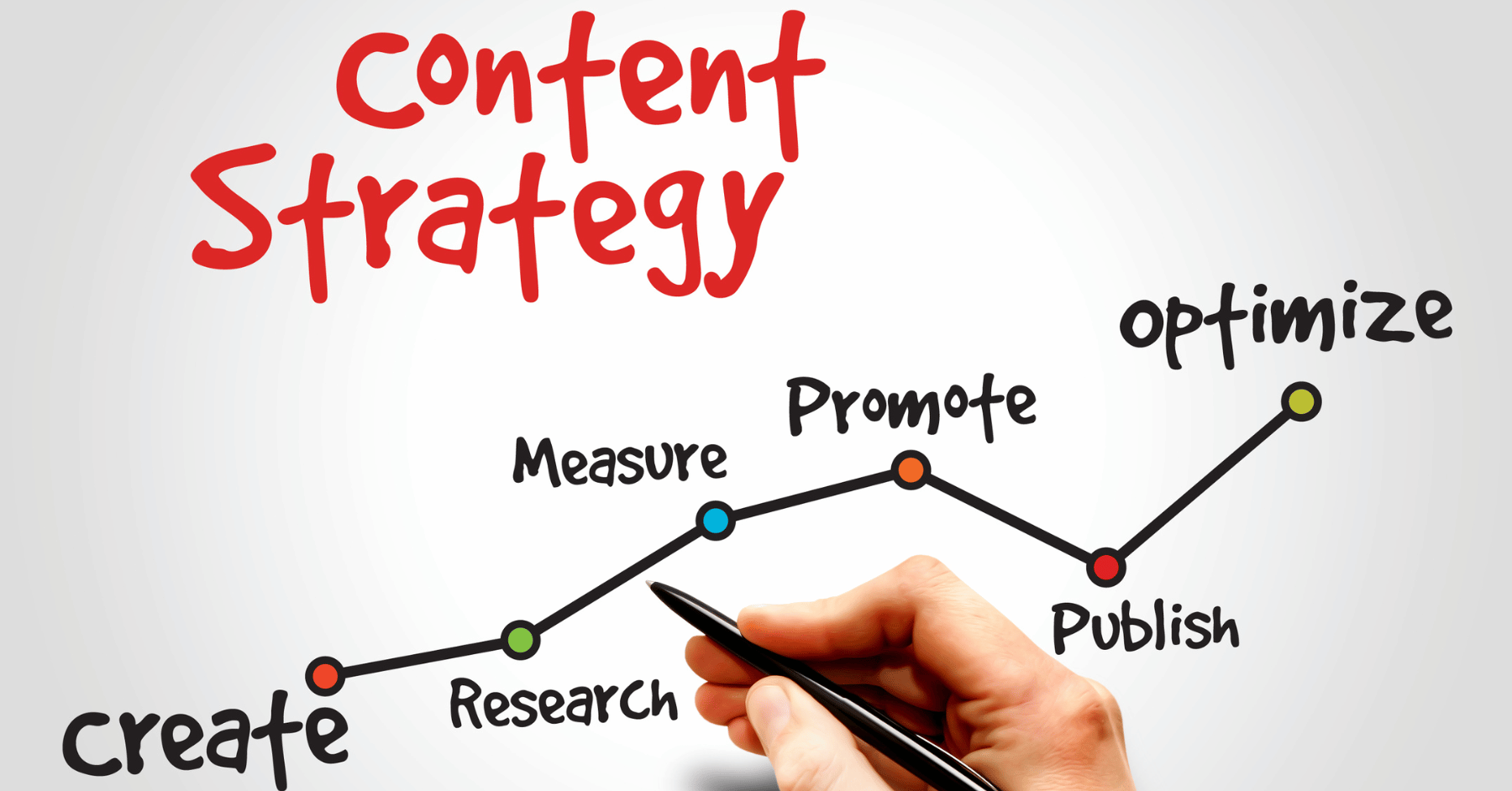SaaS lead nurturing is essential for transforming potential prospects into loyal customers. Effective lead nurturing strategies are crucial for SaaS companies aiming to drive growth and achieve long-term success. This comprehensive guide explores the art and science of SaaS lead nurturing, offering actionable insights and techniques to build relationships, establish trust, and enhance conversions. Whether you’re a startup or an established enterprise, these strategies will help you create meaningful connections with your prospects and guide them through the buyer’s journey.
Grasping the Essence of SaaS Lead Nurturing
Lead nurturing involves engaging with potential customers at each stage of their journey, from initial awareness to final conversion. It requires delivering timely, relevant, and personalized content that addresses the needs and concerns of prospects, guiding them toward making a purchase decision.
Why SaaS Lead Nurturing Matters
SaaS lead nurturing is not just about pushing sales; it’s about building meaningful relationships and providing value to prospects. By nurturing leads effectively, SaaS companies can:
- Increase Conversion Rates: Nurtured leads are more likely to convert into paying customers, resulting in higher conversion rates and improved sales performance.
- Build Trust and Credibility: Consistent communication and valuable content build trust and credibility with prospects, positioning the SaaS company as a trusted advisor in the industry.
- Reduce Churn: Nurturing existing customers prevents churn by maintaining engagement, addressing concerns, and offering ongoing support and value.
- Drive Long-Term Success: A top-notch lead nurturing strategy lays the foundation for long-term success, fostering loyalty and advocacy among customers.
Unleashing the Power of SaaS Lead Nurturing
Let’s explore some effective strategies and tactics for nurturing leads in the SaaS ecosystem:
1. Segmentation and Personalization
Segment leads based on demographics, behaviors, and interests to deliver personalized content and messaging. Tailor email campaigns, product recommendations, and follow-up communication to address the unique needs and preferences of each segment.
- Using Data Insights: Leverage data analytics and customer insights to effectively segment leads. Identify common characteristics, preferences, and pain points among your target audience to create meaningful segments.
- Implementing Dynamic Content: Use dynamic content and personalization tokens in emails and landing pages to customize messaging based on lead attributes and behaviors. Deliver relevant content that resonates with each segment, increasing engagement and conversion rates.
2. Content Mapping

Map content to the different stages of the buyer’s journey, from awareness to consideration to decision-making. Provide educational resources, case studies, and testimonials to educate and inform prospects, guiding them toward making a purchase decision.
- Creating Buyer Personas: Develop detailed buyer personas representing your ideal customers, including their demographics, challenges, goals, and preferred content formats. Use buyer personas to tailor content and messaging to specific audience segments and stages of the buyer’s journey.
- Aligning Content to Customer Needs: Identify the information needs and pain points of leads at each stage of the buyer’s journey. Develop content assets such as blog posts, eBooks, webinars, and product demos that address these needs and provide solutions, guiding leads toward conversion.
3. Multi-Channel Engagement
Engage leads across multiple channels, including email, social media, webinars, and live chat. Use a mix of channels to reach prospects where they are most active and provide consistent messaging and support throughout their journey.
- Omni-Channel Integration: Integrate communication channels and touchpoints to provide a seamless and cohesive experience for leads. Ensure that messaging and branding are consistent across channels, reinforcing key messages and offers.
- Interactive Engagement: Encourage interaction and engagement through quizzes, surveys, polls, and interactive content. Solicit feedback, gather insights, and personalize communication based on user responses, increasing engagement and building rapport with leads.
4. Lead Scoring and Qualification
Implement lead scoring and qualification criteria to prioritize leads based on their level of engagement and readiness to buy. Focus resources and attention on high-value leads with the greatest potential for conversion, ensuring efficient use of time and resources.
- Defining Lead Scoring Criteria: Establish criteria and thresholds for lead scoring based on demographic data, behavioral signals, and engagement levels. Assign point values to each criterion and use scoring models to rank leads based on their likelihood to convert.
- Incorporating Behavioral Tracking: Track lead interactions and behaviors across various touchpoints and channels to gauge interest and intent. Monitor email opens, link clicks, website visits, and content downloads to identify buying signals and prioritize leads accordingly.
5. Drip Campaigns and Automation
Set up drip campaigns and automation workflows to deliver targeted content and follow-up communication over time. Schedule emails, reminders, and notifications based on user actions and behavior, keeping leads engaged and moving through the sales funnel.
- Creating Personalized Drip Campaigns: Develop drip campaigns tailored to specific segments, personas, and stages of the buyer’s journey. Create personalized email sequences that deliver relevant content, offers, and incentives based on lead preferences and behavior.
- Utilizing Marketing Automation Tools: Use marketing automation platforms to streamline lead nurturing processes and workflows. Automate email sends, lead assignments, and task reminders to ensure timely follow-up and consistent communication with leads, maximizing efficiency and effectiveness.
6. Social Proof and Authority Building
Highlight social proof, customer testimonials, and case studies to build credibility and trust with prospects. Showcase success stories and use-cases that demonstrate the value and effectiveness of the SaaS solution, instilling confidence and reducing purchase hesitation.
- Curating User-Generated Content: Encourage customers to share their experiences and success stories through user-generated content. Collect and showcase testimonials, reviews, and case studies that highlight the real-world benefits and outcomes of using your SaaS solution, fostering trust and credibility.
- Establishing Thought Leadership: Position your company as a thought leader and authority in your industry by sharing valuable insights, research findings, and industry trends. Publish authoritative content, participate in industry events, and engage in thought leadership activities to build credibility and influence among prospects.
7. Interactive Content and Engagement
Create interactive content such as quizzes, assessments, and interactive demos to engage leads and encourage participation. Provide interactive experiences that allow prospects to explore the features and benefits of the SaaS solution firsthand, increasing engagement and interest.
- Designing Interactive Experiences: Develop interactive content assets that educate, entertain, and engage leads throughout the buyer’s journey. Create interactive quizzes, assessments, calculators, and configurators that provide personalized recommendations and solutions based on user input, enhancing engagement and driving conversions.
- Incorporating Gamification Elements: Introduce gamification elements such as challenges, competitions, and rewards to make interactive experiences more engaging and compelling. Encourage participation, reward achievements, and incentivize desired behaviors to increase interaction and deepen engagement with leads.
8. Continuous Monitoring and Optimization
Monitor lead nurturing campaigns and performance metrics regularly to identify areas for improvement and optimization. Test different messaging, offers, and tactics to determine what resonates best with your audience and adjust accordingly to maximize results.
- Analyzing Engagement Metrics: Track key engagement metrics such as open rates, click-through rates, conversion rates, and engagement scores to assess the effectiveness of lead nurturing efforts. Analyze trends and patterns in engagement data to identify strong areas and opportunities for improvement.
- Conducting A/B Testing: Run A/B tests on email subject lines, copy, design elements, and calls to action to identify winning variations and optimize performance. Test different variables systematically and measure the impact on key metrics to refine and improve lead nurturing campaigns over time.
Conclusion: Mastering SaaS Lead Nurturing
Lead nurturing is a crucial component of any successful SaaS marketing strategy, driving engagement, loyalty, and conversions. By understanding the needs and preferences of prospects, delivering personalized content and experiences, and maintaining consistent communication throughout the buyer’s journey, SaaS companies can nurture leads effectively and drive long-term success. So, embrace the art of SaaS lead nurturing, and watch as your efforts bloom into sustainable growth and success.






